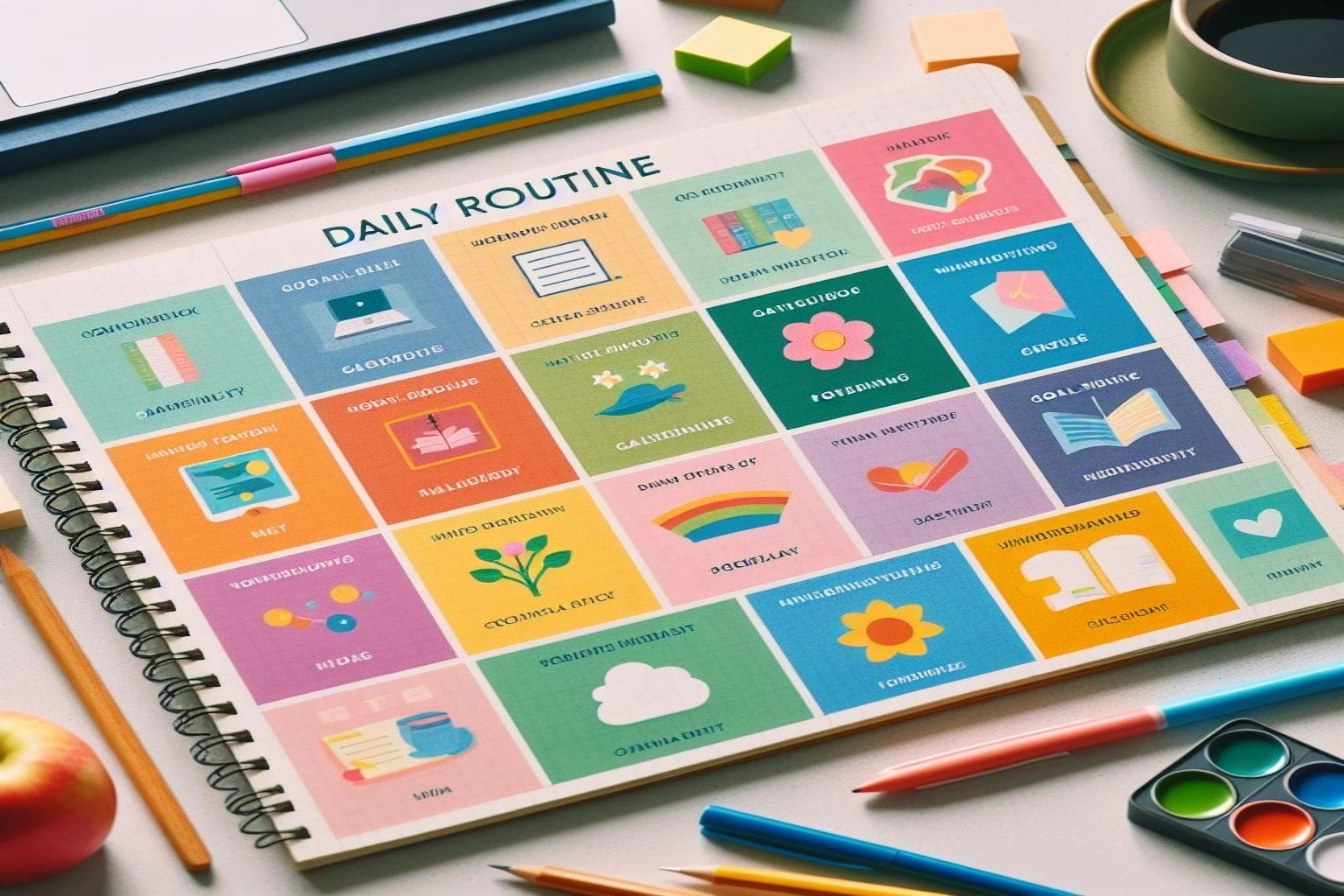
Do you constantly feel like you lack motivation? Like you just can’t get started on that work project or stick to your new year’s resolution to get healthy? Our culture tells us the solution is to just try harder – pump yourself up to want it more. Turns out, that often backfires. The real path to achieving your goals lies in dialling down destructive motivation rather than ratcheting it up.
This idea comes from an analysis of the neuroscience underlying different types of motivation and happiness. There are two main neurotransmitter pathways governing motivation and contentment. Understanding how they interact holds the key to boosting resilience, focus and drive.
Dopamine: The Neuroscience of Motivation
At the heart of motivation lies a neurotransmitter called dopamine. Dopamine surges when you experience something enjoyable like eating delicious food, having sex, playing games or getting rewards. This rush of dopamine triggers your brain’s reward circuitry, housed in an area called the nucleus accumbens.
The nucleus accumbens drives you to repeat pleasurable behaviors. The more dopamine released, the higher the motivation to re-experience the rewarding stimulus.
This is why dopamine is crucial for motivation and drive. Food rewards you with dopamine, motivating you to eat. Sex releases dopamine, driving you to seek more partners. Slot machines reward gamblers with dopamine hits, trapping them in destructive addiction cycles.
The Dark Side of Dopamine
Herein lies the problem. Dopamine doesn’t differentiate between helpful and harmful motivations. Is underlies addiction and overeating as much as the drive to achieve your goals. And dopamine pathways are insatiable – there is no upper limit to motivation.
When you try to motivate yourself to work instead of watching YouTube or playing games, you battle your brain’s dopamine levels. Extracting yourself from a dopamine-releasing activity requires exerting willpower against a tide of motivation washing over you, urging you to keep scrolling and streaming.
Essentially, you already have too much motivation – just aligned in the wrong direction against your goals. Trying to boost motivation to “want it more” simply intensifies this neurochemical battle.
Serotonin: The Overlooked Neurotransmitter
There is another crucial neurotransmitter that governs a very different type of happiness and motivation: serotonin. You may associate serotonin with treating depression and anxiety. But it also plays a key role in motivation, happiness and personal growth.
While dopamine drives the intense pleasure-seeking, serotonin enables contentment, purpose and well-being. Scientists contrast the frenetic dopamine “hedonic” happiness with the calmer, more profound “eudaimonic” serotonin happiness.
This distinction between types of happiness is crucial. Hedonic happiness is fleeting, relying on external stimulation constantly ratcheting up dopamine levels through hyperpalatable foods, social media notifications, YouTube autoplay and video game rewards.
In contrast, eudaimonic serotonin happiness is internally generated and long-lasting. It fuels resilience, healthy relationships and achievement of meaningful goals. People with highly active serotonin systems tend to feel content “going with the flow” instead of needing constant dopamine hits.
The Motivation Trap
Here’s the key insight – dopamine drives hedonically-reinforced motivation while serotonin enables eudaimonic contentment and purpose. Getting stuck in dopamine-dependency makes it harder to access the calm and focused serotonin pathway necessary for well-being and achieving goals.
Think of the constant urge to check notifications. Every ping of your phone releases dopamine, conditioning an addiction loop that erodes attention spans. Or the lure of entertainment streaming that makes it so hard to extract yourself to do important work.
This explains why highly motivated people often crash hardest. They lock themselves into unhealthy dopamine-dependency by overriding the brain’s satiety mechanisms in pursuit of the next goal. The resultant stress, exhaustion and lack of meaning accumulate over years, leading to burnout.
The False Promise of More Motivation
The culture tells you that happiness and success require just ratcheting up motivation levels – make yourself want it more! This backfires neurochemically by further flooding your brain with dopamine while starving it of serotonin.
Cranking up destructive motivation only tightens the shackles of dopamine-addiction. What is needed instead is equanimity and purpose arising from the serotonin pathway.
The Power of Less Motivation
This counterintuitive insight upends conventional thinking about motivation and happiness. Motivation and contentment physiologically oppose each other. You have been sold false promises about the limitless power of self-motivation. In reality, the highest levels of accomplishment arise from purpose, meaning and focus.
Decreasing dopamine-reinforced motivations about status, wealth, pleasure etc. liberates you to access the calm power of eudaimonia. Realigning your neurochemical balance away from endless dopamine hits enables the resilience and determination underpinning lasting success.
How to Deprioritize Destructive Motivations
Fortunately, time-tested yogic practices provide techniques to disentangle from unhealthy dopamine pathways and boost access to the serotonin highway enabling sustainable happiness.
Short-Term Dopamine Fasting
Take a break from hyperpalatable foods, video games, social media and other extreme sensory stimuli flooding your brain with dopamine. Observe how you feel without constantly feeding these motivating rewards. Do you still experience baseline contentment and happiness? This ability to thrive without overstimulation indicates serotonin strength.
Dissect Dopamine Pleasure
When engaging pleasurable activities like eating sweet foods or shopping, carefully observe associated physical sensations. Where exactly do you feel the pleasure? How long does it last? Mindfully dissecting pleasure disrupts the immersive effects of dopamine without needing to abstain altogether.
Embrace Boredom
Boredom is anathema to dopamine-addled brains demanding constant entertainment and distraction. Resisting boredom locks you into pathological dopamine-dependency. Instead lean into boredom for set periods without escaping into stimulation. Use the time for creative pursuits like learning, connecting with others or self-development.
Neuro-scientifically Target Your Goals
The most sustainable way to achieve goals is by structuring activities to boost serotonin rather than just hyping motivation. Finding purpose and meaning in your work activates the serotonin pathway, enabling dedication and resilience. Design schedules that balance demanding yet rewarding activity with rest and reflection to support brain health.
Choose Equanimity Over Motivation
Sustainable happiness, focus and high achievement arise from eudaimonic contentment rather than endless increases in desire and drive. Practice equanimity to free yourself from destructive motivations.
The key insight from ancient yogic wisdom now backed by neuroscience is that you have been lied to about the nature of motivation. Chasing higher highs only locks you into dopamine-driven instability that erodes long-term wellbeing. Choose sustainable contentment over empty motivation.







